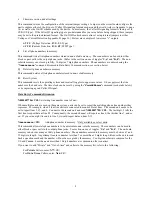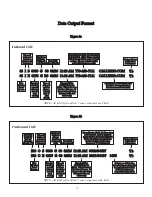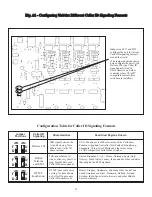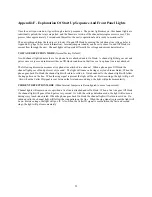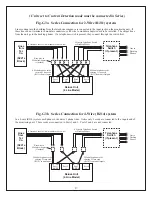
Fig. A1 - Configuring Unit for Different Caller ID Signaling Formats
Fig. A1 - Configuring Unit for Different Caller ID Signaling Formats
15
Configuration Table for Caller ID Signaling Formats
JP11 JP10
F
U
D
B
JP11 JP10
F
U
D
B
JP11 JP10
F
U
D
B
USA, Canada, most of Mexico, most of the Caribbean,
Panama, Argentina, Australia, New Zealand, Hong Kong,
Singapore,
, Israel, Malta and other areas using
CLASS compatible central office switches
China
FSK signal between the
1st and 2nd ring. Time
& date sent, Caller ID
name optional.
FSK signal before 1st
ring or after very short 1st
ring. Time & date sent,
Caller ID name optional.
DTMF tones sent before
1st ring. No time & date,
no Caller ID name, only
Caller ID number sent.
Brazil, Uruguay, Guatemala, and many other Central and
South American countries. Denmark, Holland, Iceland,
Sweden, India, Saudi Arabia, Kuwait, and other Middle
Eastern countries.
United Kingdom,
France, Germany, Spain, Italy,
Norway,
U.A.E.,
South Africa, Turkey, Japan and any other countries
that adopted the ETSI standard.
Belcore 202
DTMF
(touch-tone)
British
Telecom
and ETSI
Jumper
Positions
Caller ID
Signaling
Characteristics
Countries/Regions Known
Jumpers on JP11 and JP10
configure the unit for various
Caller ID signaling formats
around the world.
(The jumper positions shown
here configure the unit to the
Belcore 202 type Caller ID
signaling delivered in
North America, and other
countries where CLASS
compatible central office
switches are installed).
TM








